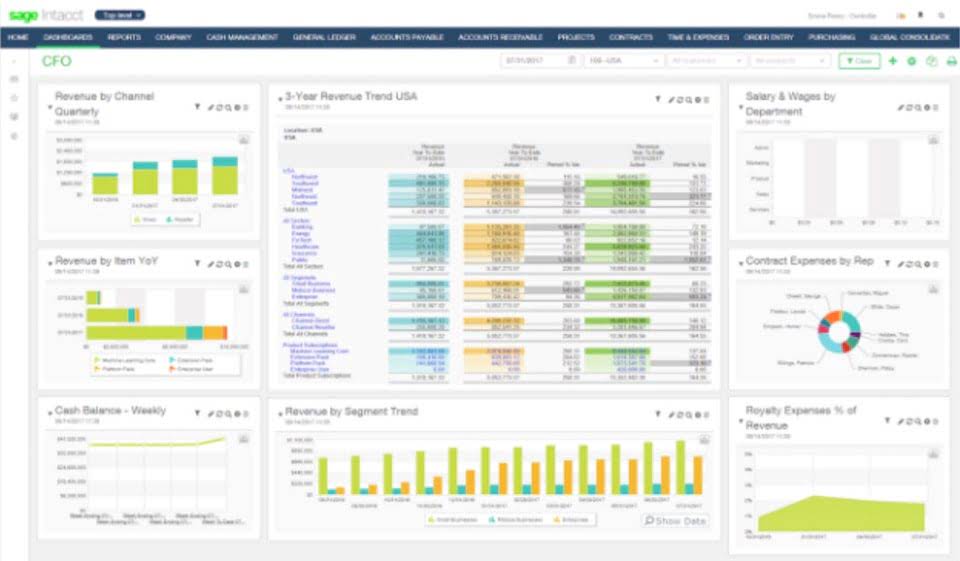16 Jul What Are the Components of Shareholders’ Equity?

The closer the ratio is to 100%, the more its assets have been financed with stock rather than debt. In general, a number below 50% indicates a company that is heavily leveraged. The result indicates how much of the company’s assets were funded by issuing stock rather than borrowing money.
- It should be used in conjunction with other tools and metrics to analyze a company’s financial health.
- The retained earnings are used primarily for the expenses of doing business and for the expansion of the business.
- Simply put, it’s a measure of the company’s net worth from the shareholders’ perspective.
- Current liabilities are a company’s short-term financial obligations that are due within one year or within a normal operating cycle, whichever is longer.
- MVE is driven by investor sentiment, expectations of future earnings, and overall market conditions.
- When ownership changes occur, such as through the issuance or repurchase of shares, these transactions must be accurately recorded to ensure the equity section of the balance sheet remains precise.
- This figure is crucial as it indicates the net value of the company available to shareholders after all debts have been settled.
Unlock Your Business Potential with OneMoneyWay
ROE calculates how much profit a company generates with the money invested by the stockholders. Understanding the impact of stockholders equity on a company’s valuation is critical in both business valuation and analysis of financial ratios. One of the most direct ways in which stockholders equity feeds into company valuation is through the price-to-book (P/B) ratio. This ratio compares a company’s market value, or its price, to its book value, or its stockholders equity.

Outstanding Shares
Essentially, it’s the value left for the shareholders if all the assets were liquidated and debts paid off. It is generally used during financial planning, strategic decision-making, and calculation of important ratios Bookkeeping for Consultants known to bankers, investors and creditors. This gives a historical viewpoint as it’s partly based on what the company has earned, saved, or raised since inception.
How does capital structure impact financial statements?

Consequently, even though the total shareholders’ equity remains constant, the retained earnings decrease. Lastly, treasury stock completes the three main components of stockholders equity. Treasury stock comprises shares that a company has re-acquired from shareholders. Unlike paid-in capital and retained earnings, treasury stock decreases total stockholders equity. These shares are no longer classified as outstanding and do not pay dividends or have voting rights.

- The difference between assets and liabilities equals stockholders’ equity, a measure of the corporation’s value to shareholders.
- Together, these components provide a comprehensive picture of the financial health and capital structure of a public company, essential for investors and analysts alike.
- Retained earnings represent the total amount of money generated by a company from its operations and not distributed to shareholders as dividends.
- After this date, the share would trade without the right of the shareholder to receive its dividend.
- Bonds are contractual liabilities where annual payments are guaranteed unless the issuer defaults, while dividend payments from owning shares are discretionary and not fixed.
- The additional paid-in capital is taken into consideration only when an investor purchases shares directly from the company.
Investors and analysts use stockholders’ equity information to evaluate the company’s financial stability, profitability, and growth potential. It helps them make informed investment decisions and assess the company’s long-term prospects. A shareholders’ equity refers to the portion of a company’s net worth that the shareholders are entitled to receive when it liquidates. It is calculated by subtracting total liabilities from the firms’ total assets. The result helps determine how stable a company and its financial health are. Negative equity is generally not a good sign for a company’s financial health.
Company
The shareholders’ equity, coupled with other metrics like liquidity, earnings, market capitalization, EPS, debt, etc., can give accurate indications about a company’s business prospects. For instance, if a company’s shareholders’ equity is constantly declining while the unrealized losses are negative, the company is believed to be nearing insolvency. When you open a company’s balance sheet, you can get information about its book value of equity or shareholders’ equity. You can also find the shareholders’ equity by applying the appropriate formula. But, the market value of equity is completely different from shareholders’ equity.

Shareholder equity represents the owners’ claim after all liabilities have been settled, and it is a key indicator of assets = liabilities + equity a company’s financial health. It is typically reported on the balance sheet under sections such as common stock, retained earnings, and additional paid-in capital. Stockholders’ equity represents the ownership interest of shareholders in a corporation and is a crucial part of the company’s balance sheet. It is composed of several key components, including common stock, preferred stock, additional paid-in capital, retained earnings, and treasury stock.
- Conversely, a lower ratio implies higher reliance on debt financing, which can increase financial risk.
- Treasury stock can also be referred to as “treasury shares” or “reacquired stock.”
- Retained earnings are the net earnings a company either reinvests in the business or uses to pay off debt.
- The result helps determine how stable a company and its financial health are.
- This analysis can reveal whether a company is effectively managing its resources, creating value for shareholders, or potentially leading down a hazardous financial path.
This equation is known as a balance sheet equation because all of the relevant information can be gleaned from the balance sheet. Let’s assume that ABC Company has total assets of $2.6 million and total liabilities of $920,000. Shareholder equity is a company’s net worth and the total amount available for return to shareholders after paying off all debts.
Capital structure considerations are crucial in understanding stockholders’ equity statements. These considerations involve analyzing the mix of debt and equity used by a company to finance statement of stockholders equity its operations and growth. A well-balanced capital structure can optimize a company’s financial performance and minimize its cost of capital.



No Comments